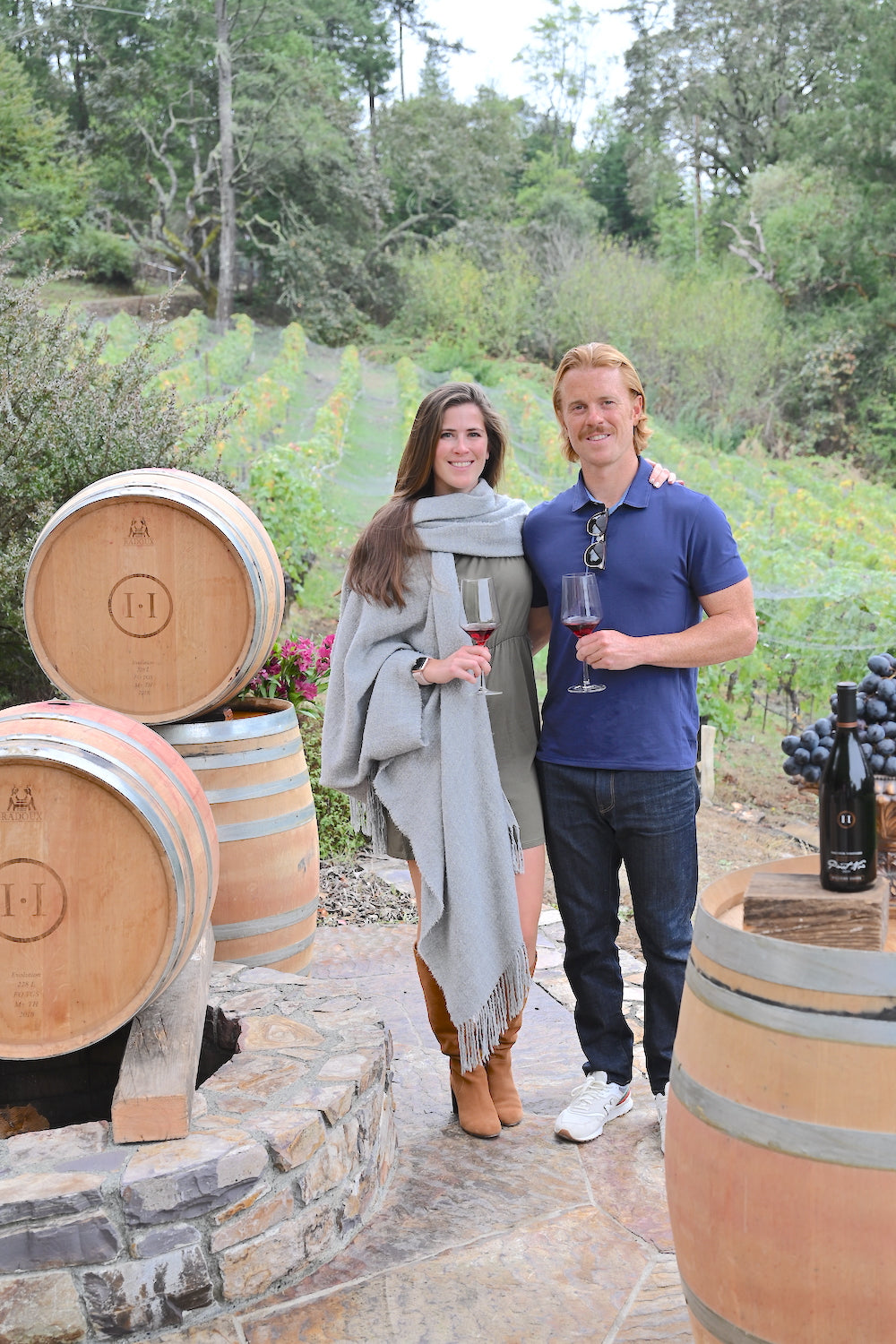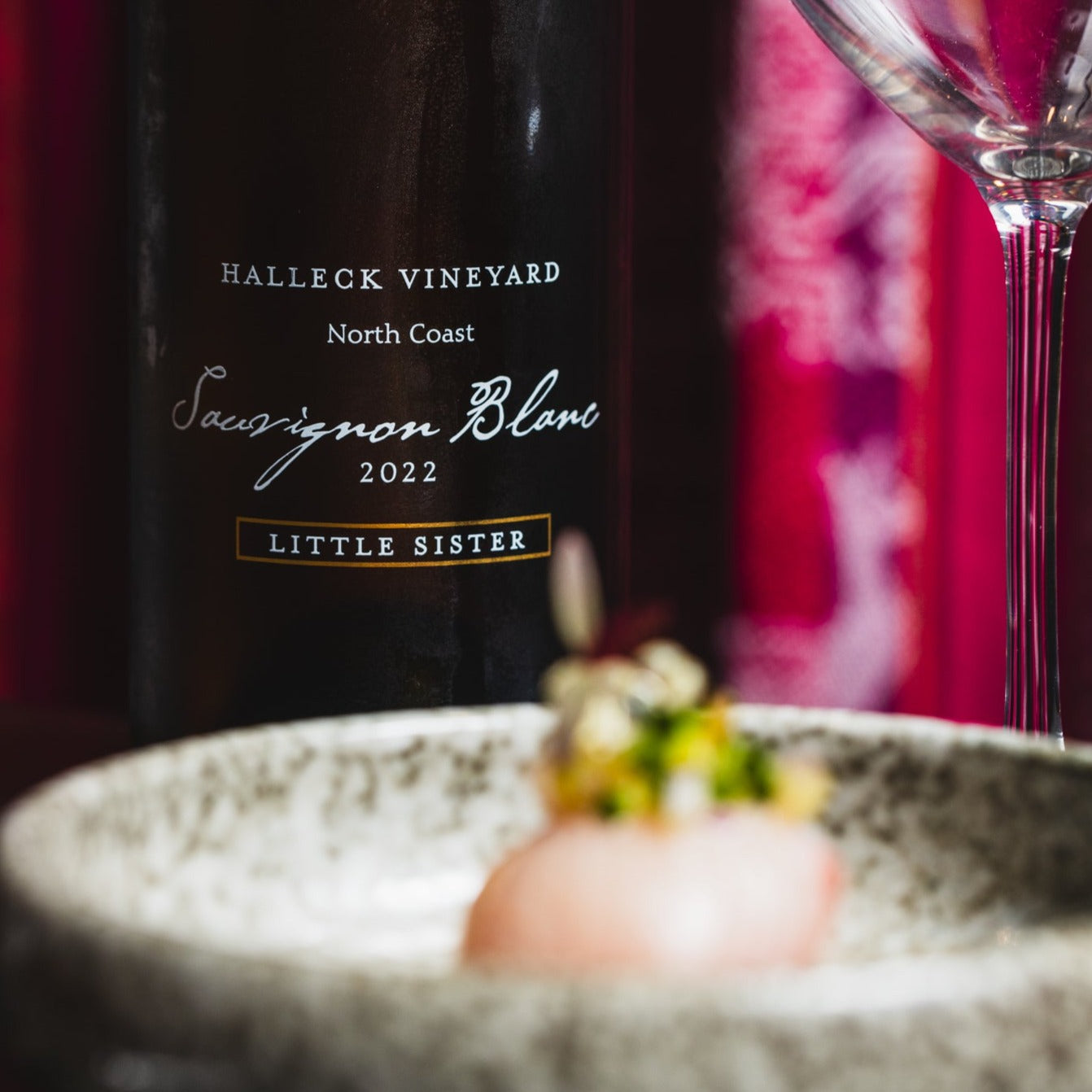Wineries Known For Their Beautiful Gardens - Sonoma's Hidden Winery Gems
Wineries Known For Their Beautiful Gardens - Sonoma's Hidden Winery Gems
Blog Article
Hidden Gem Wineries In Sonoma County - Wine Tasting In Sonoma County
Wine tasting is an art that mixes sensory experience with an appreciation for the nuances of different varietals. How to gauge flavors in winery wine tasting classes is pivotal to greedy the complexities of wine.
Engaging in a wine tasting involves greater than merely sipping and savoring. It requires a centered approach to identify aromas and flavors that every wine presents. As you begin, observe the wine's look, noting its shade and clarity. These visual cues often suggest a wine’s age, grape variety, and even potential flavor profiles.
The subsequent step within the tasting process is to swirl the wine in your glass. This action releases fragrant compounds which might be very important for evaluation. Lean in and take a second to inhale deeply; the aromas can range from floral and fruity to spicy and earthy. The nose of the wine is just as necessary because the palate, and recognizing scents performs a significant role in understanding the general experience.
When taking your first sip, enable the wine to move across your palate - Wineries With Artisan Chocolate Pairings In Sonoma. Discover the preliminary flavors that current themselves. Is the wine fruity, floral, or perhaps herbaceous? This preliminary style gives insight into what the wine is more doubtless to categorical as you continue to evaluate it. The mouthfeel also contributes to the general flavor experience; it can be silky, tannic, and even effervescent.
Wineries Offering Charcuterie And Wine Pairings - Sonoma Wine Tasting Adventures
As you proceed tasting, take note of the wine’s stability. A well-balanced wine will harmonize acidity, sweetness, and tannins. If one part overwhelms the others, it might indicate a less desirable high quality. Evaluating steadiness might help you establish how nicely the wine would possibly pair with food.
Transitioning to the finish, consider how the flavors evolve as the wine lingers on your palate. A lengthy, nice end can indicate a high-quality wine, while a brief or abrupt end might suggest in any other case. Mirror on whether or not the flavors stay consistent or if new notes emerge because the wine settles. This development can reveal complexities and intricacies that may not have been apparent in the preliminary tasting.
Temperature can also be a vital factor in evaluating wine flavors. Different forms of wine are optimally loved at specific temperatures. White wines often shine when chilled, while red wines usually perform finest at room temperature. When tasting, ensure the wine is at the applicable temperature to totally respect its character.
Best Pinot Noir Wineries In Sebastopol - Sonoma Valley Vineyards And Wine Tasting
Pairing food with wine can greatly improve the tasting experience. Meals can influence the notion of flavors in wine, both highlighting sure characteristics or diminishing them. When evaluating flavors, consider how the wine interacts with completely different meals, noticing which flavors are amplified or muted (Hidden Gem Wineries In Sonoma County).

Contemplate the affect of terroir as you engage in a winery tasting. Terroir encompasses the distinctive environmental components that have an effect on grape growing, together with soil composition, climate, and geography. Understanding a wine's terroir can present insight into its flavors and aromas, fostering a deeper appreciation for the alternatives made during its cultivation and manufacturing.
Schooling plays a fundamental function in enhancing one's capability to gauge wine flavors. Studying about grape varieties, wine regions, and manufacturing strategies can pave the finest way for extra informed judgments during tastings. Moreover, attending workshops or classes can refine sensory skills and increase your flavor vocabulary, enabling you to articulate tasting notes more successfully.

Finally, it's essential to keep in thoughts that evaluating wine flavors is a extremely personal experience. Particular Person preferences and perceptions will invariably shape one’s tasting journey. Enjoyment must be at the forefront, with the evaluation course of acting as a tool to enhance understanding and appreciation somewhat than create inflexible pointers.
Family Friendly Wineries With Outdoor Spaces - Sebastopol Area Wineries Offering Wine
In conclusion, mastering the way to consider flavors in winery wine tasting classes includes a mix of sensory engagement, knowledge, and practice. By learning to determine aromas, assess the steadiness, and appreciate the intricacies of flavor, wine enthusiasts can deepen their connection to every bottle they encounter. As with any art form, the extra one immerses themselves within the experience, the extra they may discover and enjoy the huge world of wine.
- Begin by observing the wine's color and readability, as these visible elements can hint at its flavor profile and aging potential.
- Swirl the wine gently in your glass; this releases aromatic compounds, allowing you to raised identify the advanced scents associated with the wine.
- Take a deep inhale before tasting, focusing on both major and secondary aromas to assemble insights on fruits, spices, and other nuances.
- When tasting, enable the wine to coat your palate; note the preliminary flavors, the mid-palate complexity, and the finish as these stages can present completely different flavor highlights.
- Pay consideration to texture and mouthfeel, as aspects corresponding to tannin ranges, acidity, and sweetness contribute considerably to the overall tasting experience.
- Examine flavors in opposition to normal wine traits; for purple wines, consider berry notes, oak influence, and herbal tones, while whites may include citrus, stone fruits, and floral hints.
- Take notes during the tasting session to track your impressions, serving to you to recollect and evaluate the different wines sampled.
- Focus On your findings with fellow tasters or winery employees, as sharing insights can improve understanding and appreciation of individual flavors.
- Allow time for the wine to breathe; typically, flavors evolve and reveal new dimensions after being uncovered to air.
- Experiment with food pairings during the tasting as they'll dramatically alter how flavors are perceived, influencing general enjoyment.undefinedWhat ought to I look for when evaluating the aroma of wine throughout a tasting?
Begin by swirling the wine in your glass to launch its aromas. Deliver the glass to your nostril and take a deep breath. Pay consideration to the primary scents you detect, as these are sometimes essentially the most distinguished. Look for fruit, floral, herbal, or earthy notes and try to identify particular traits, which can deepen your understanding of the wine's complexity.
Wineries Offering Private Events - Celebrated Wineries Around Sebastopol

How can I distinguish between totally different flavor profiles in wine?
Perceive that flavor profiles are sometimes categorized as fruit, floral, herbaceous, spicy, or mineral. Take small sips and permit the wine to coat your palate. Notice the first flavors that emerge first and the refined notes that comply with. This layering is crucial in distinguishing the wine's characteristics and will allow you to recognize its unique profile.
Wineries With A Focus On Syrah - Exploring Sonoma's Wine Landscape
What is the significance of the wine's texture in a tasting?
The texture of the wine, also identified as mouthfeel, plays a vital role in how we perceive flavors. Pay attention as to if the wine feels smooth, creamy, or gritty. The body of the wine (light, medium, or full) can enhance or distinction with flavors, offering a extra discover this rounded experience throughout tasting.
How do I assess the steadiness of flavors in wine?
Steadiness in wine refers to the harmony between acidity, sweetness, tannin, and alcohol. Take a moment to assess whether these components complement or intervene with each other. A well-balanced wine may have none of its elements overpowering the others, creating a nice tasting experience.
Wineries Known For Sustainable Practices In Sonoma - Sonoma’s Lush Vineyard Landscapes
What function does temperature play in evaluating wine flavors?
Temperature can considerably influence the notion of flavors. Usually, pink wines are best served slightly beneath room temperature, while white wines take pleasure in being chilled. As the temperature adjustments, the aromas and flavors can shift, permitting you to understand totally different characteristics. It’s essential to style wine at its optimum temperature for true analysis.
Wineries Offering Private Events - Wine Tasting At Sonoma Vineyards
How can I improve my tasting skills over time?
Practice is essential to enhancing your tasting skills. Interactive Wine Tasting Experiences In Sonoma. Attend tastings, keep a journal of your experiences, and explore various varieties of wines to broaden your palate. Additionally, learning about wine production and grape explanation varieties can present context that enhances your analysis process, making you a more knowledgeable taster.
Is there a particular order during which I should style the wines?
Artisan Wineries In Russian River Valley - Wine Tasting In Sonoma County
Yes, it’s advisable to style wines from light to full-bodied and dry to candy. This development prevents the stronger flavors from overshadowing the extra delicate ones, permitting you to totally appreciate each wine's characteristics and nuances with out palate fatigue.
How can I consider the aftertaste of wine?
Wineries In Dry Creek Valley - Wine Tasting And Vineyards In Sonoma
The aftertaste, or finish, is a crucial side of the wine-tasting experience. After swallowing, pay attention to how long the flavors linger in your palate and whether they change. A long, nice end is often an indicator of a high-quality wine, while a short or unpleasant finish may suggest otherwise.
Why is it important to notice the wine’s acidity during tasting?
Acidity contributes to the overall freshness and structure of the wine. Pay consideration to the tingling sensation in your tongue; higher acidity can improve the wine's liveliness and balance out sweetness. Noting acidity helps decide the wine's versatility with food and its growing older potential.
What ought to I do if I struggle to determine specific flavors in wine?
Charming Wineries With Views In Sonoma Valley - Vineyard Experiences In Sonoma
Struggling to establish flavors is widespread, especially for newbies. Focus on broader categories and describe what you probably can recognize, corresponding to candy or earthy notes. With practice, reading about completely different flavor profiles, and maybe utilizing flavor wheels, you may refine your senses and develop a more nuanced strategy to tasting. Report this page